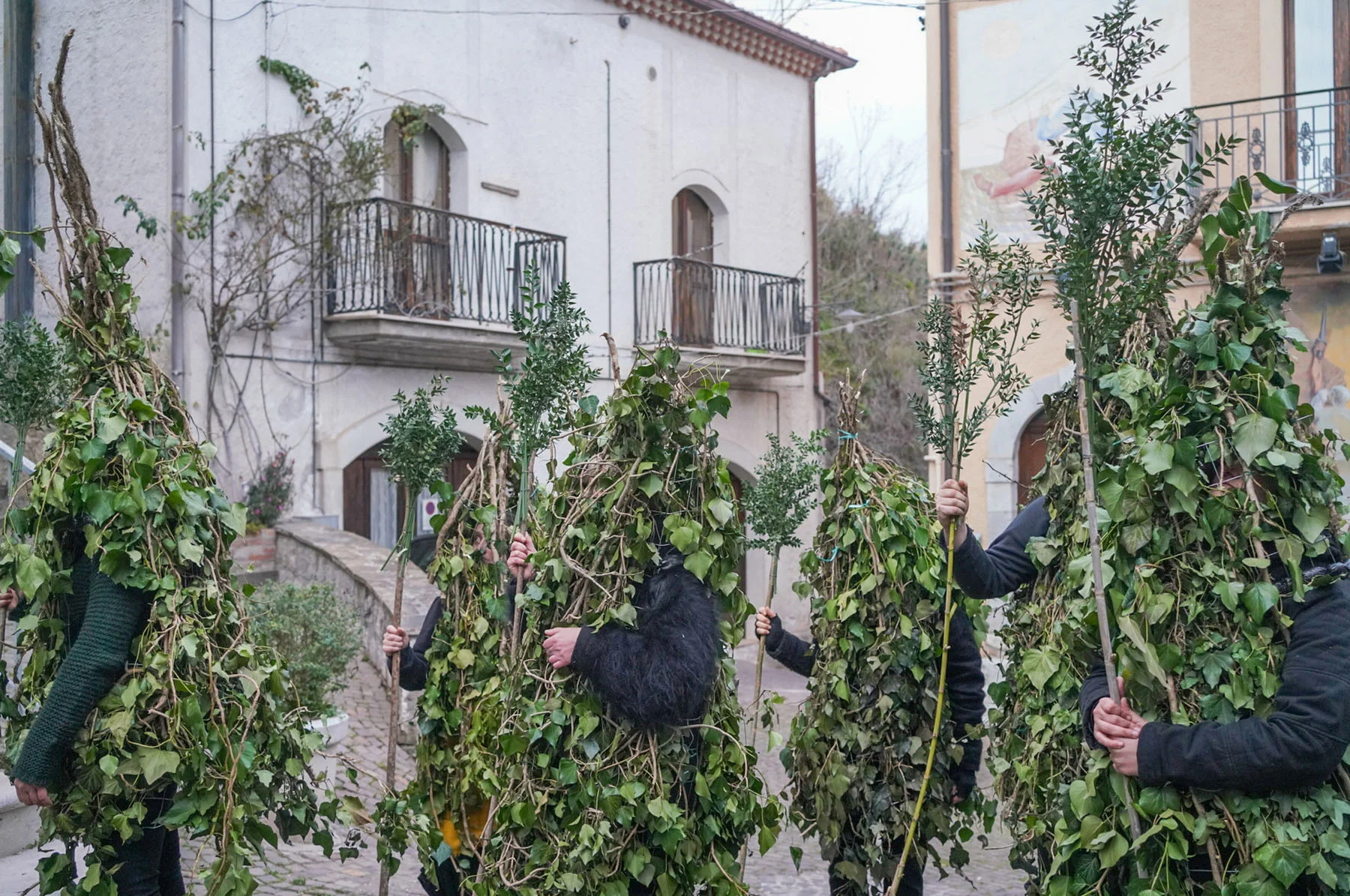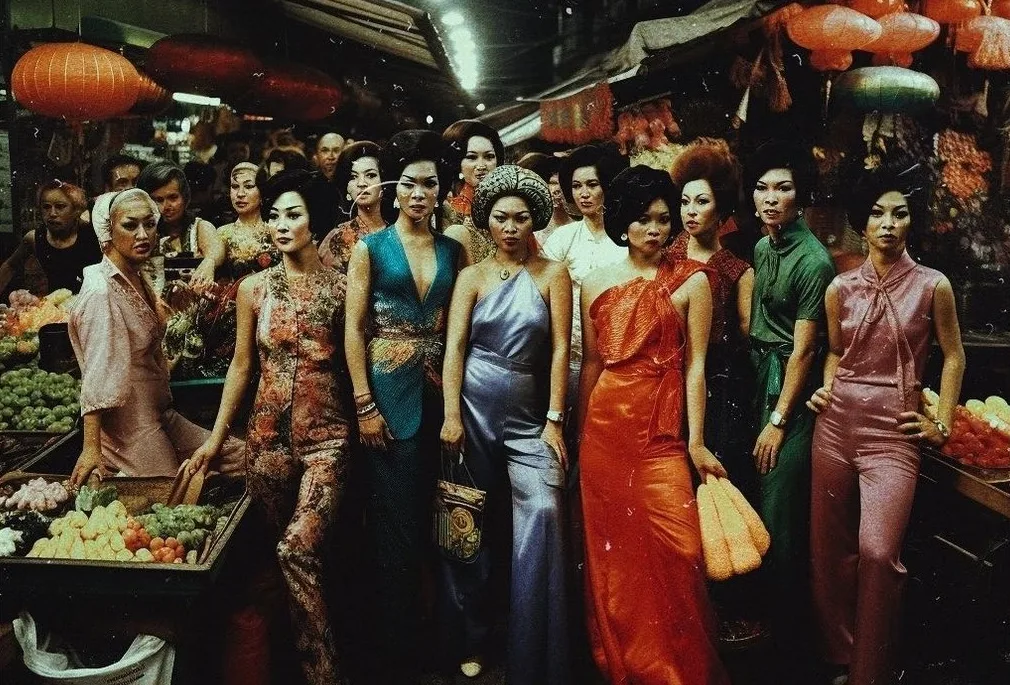
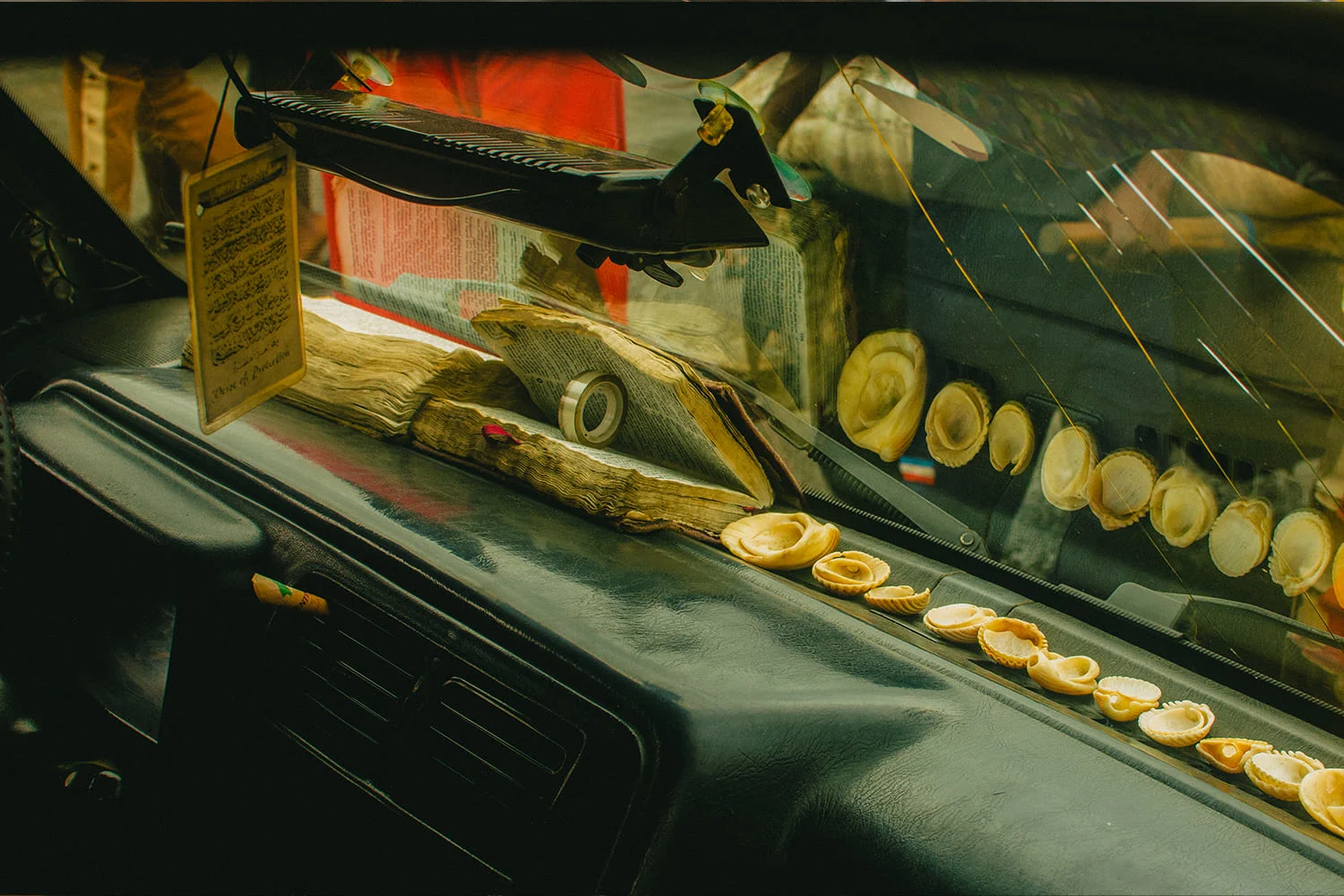
On the bustling streets of Lagos, one vehicle stands out from the crowd: the bright yellow Danfo buses are the most popular form of transport in the city, and there are over 75,000 of them ferrying passengers from place to place. In “Cabinet of Curiosity”, local photographer Godiva Omoruyi documents the unique shrines each driver creates on their dashboards. He tells Alix-Rose Cowie about his fascination with our shared need to create meaning and safety in the small spaces we inhabit.
On the dashboard of a minibus taxi in one of Nigerian photographer Godiva Omoruyi’s photographs, the driver has arranged a row of seashells, and a Bible held open to a particular page by a small roll of tape. A laminated card hangs from the review mirror with a prayer (Dua) from the Quran printed on it. “You know that this person really loves his life,” Omoruyi says, jokingly calling it a “3-factor authentication” dashboard—protected by Allah, by God and by symbolic seashells. “Lagos can be rough, and nobody wants to die!”
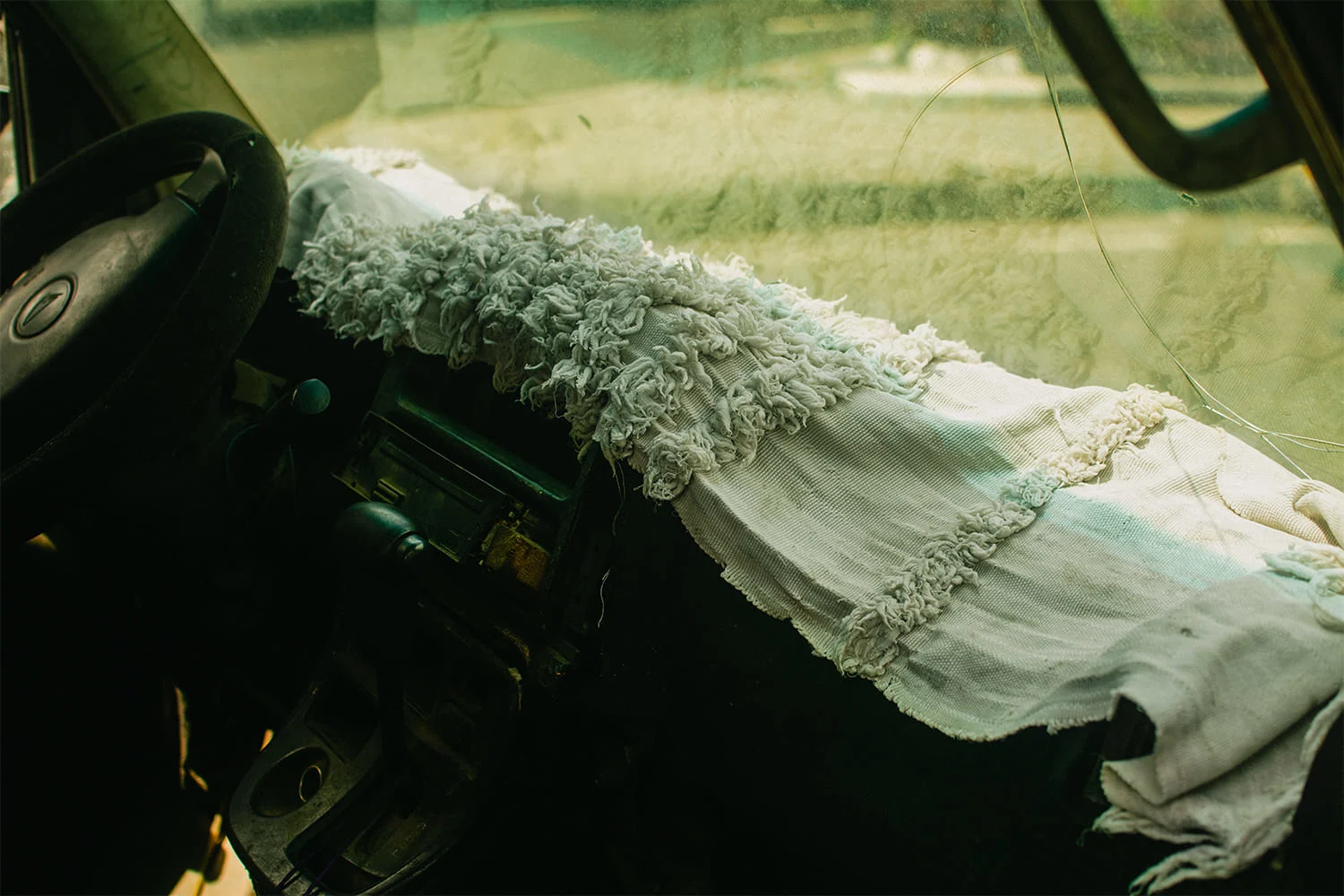
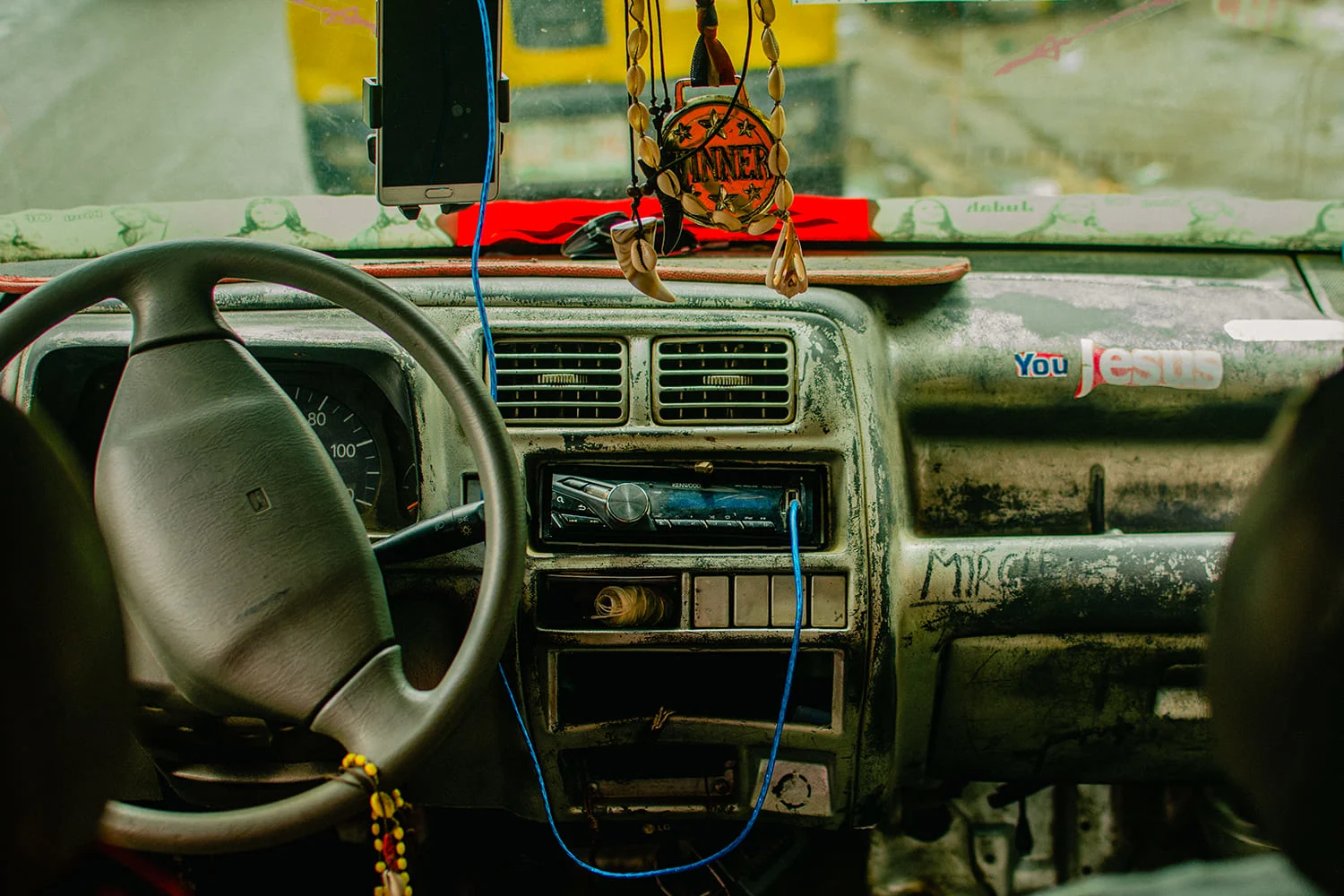
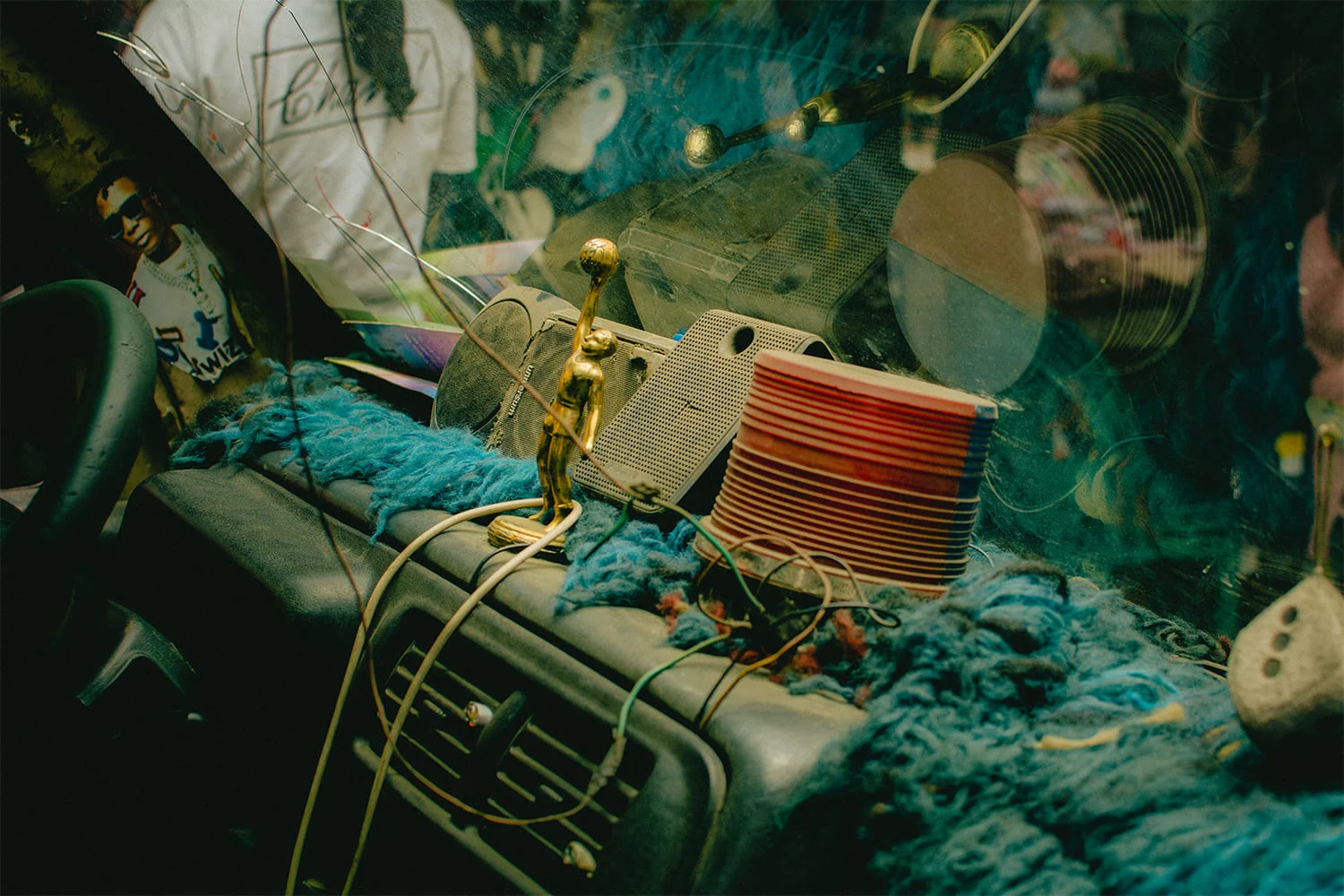
It was while working on his documentary project “Made in Lagos”—a heartfelt take on the city that raised him—that Omoruyi for the first time really took notice of the significance of the small shrines that minibus drivers in Lagos create on their dashboards. Danfo buses are a widely-used and established yet informal mode of public transport. It’s not uncommon to see their exterior wrapped in splashy vinyl advertising a musician’s new release. But the dashboard displays are far more personal: some are for luck, some are to keep the passengers in check, and some are a way for the drivers to claim their personhood in a busy job, in an even busier city, picking up and dropping off strangers all day long.

This project emphasizes our shared need to create meaning and safety in the small spaces we inhabit.
Omoruyi’s interest in these unlikely spaces for expression, and the people behind them, kicked off his next series called “Cabinet of Curiosity”; a project that “emphasizes our shared need to create meaning and safety in the small spaces we inhabit.” The images here make up the first iteration of this ongoing project, made on-the-go without the chance to interview the drivers beyond a simple exchange. Omoruyi is careful to acknowledge the limits of representing the drivers without their own explanations for the choices behind their displays. “This is my interpretation. My involvement influences how these objects are presented and what they represent,” he says. For future installments he plans to make portraits of the drivers and record conversations with them to present alongside the photos of their dashboards.
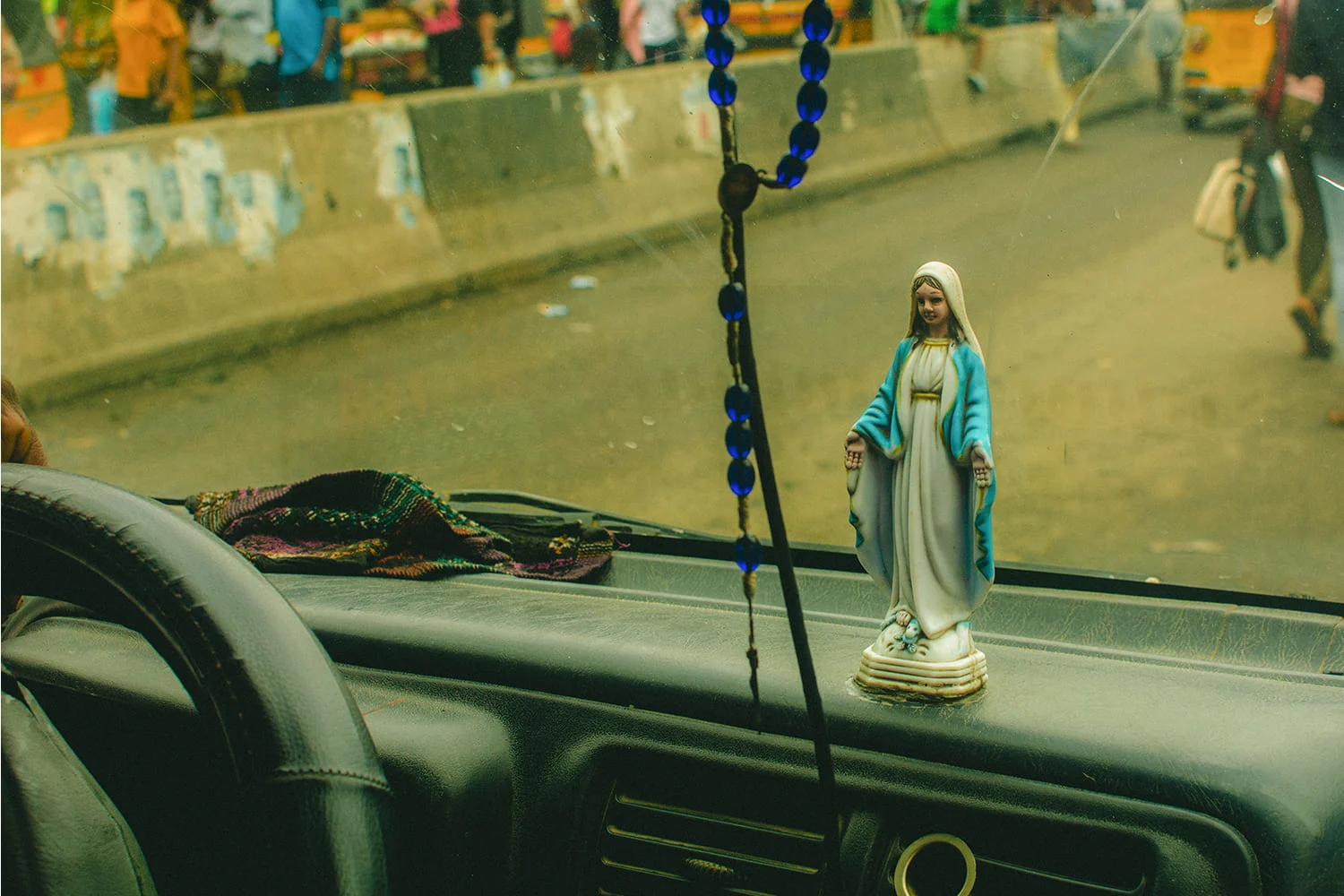
“Made in Lagos” and “Cabinet of Curiosity” are part of Omoruyi’s vocation to build a visual archive of Lagos as it is today to preserve what could be lost as the city transforms. “As Lagos improves in time, and systems improve, things like this might not exist anymore,” he says. “So this is my responsibility as a photographer.” Searching for street scenes to distill has taught Omoruyi to be especially observant, and looking out for interesting dashboards to photograph has encouraged him to always ride up front, even when he’s not shooting, and engage in conversation with whoever is driving him. He makes chit-chat, asking how business is, and of course their memorabilia is always a natural conversation-starter. Photographing personalized dashboards for some time has revealed recurring themes like belief systems, sports and music affiliations, or prized collections, as ways to communicate identity, which has stoked Omoruyi’s interest in anthropology.
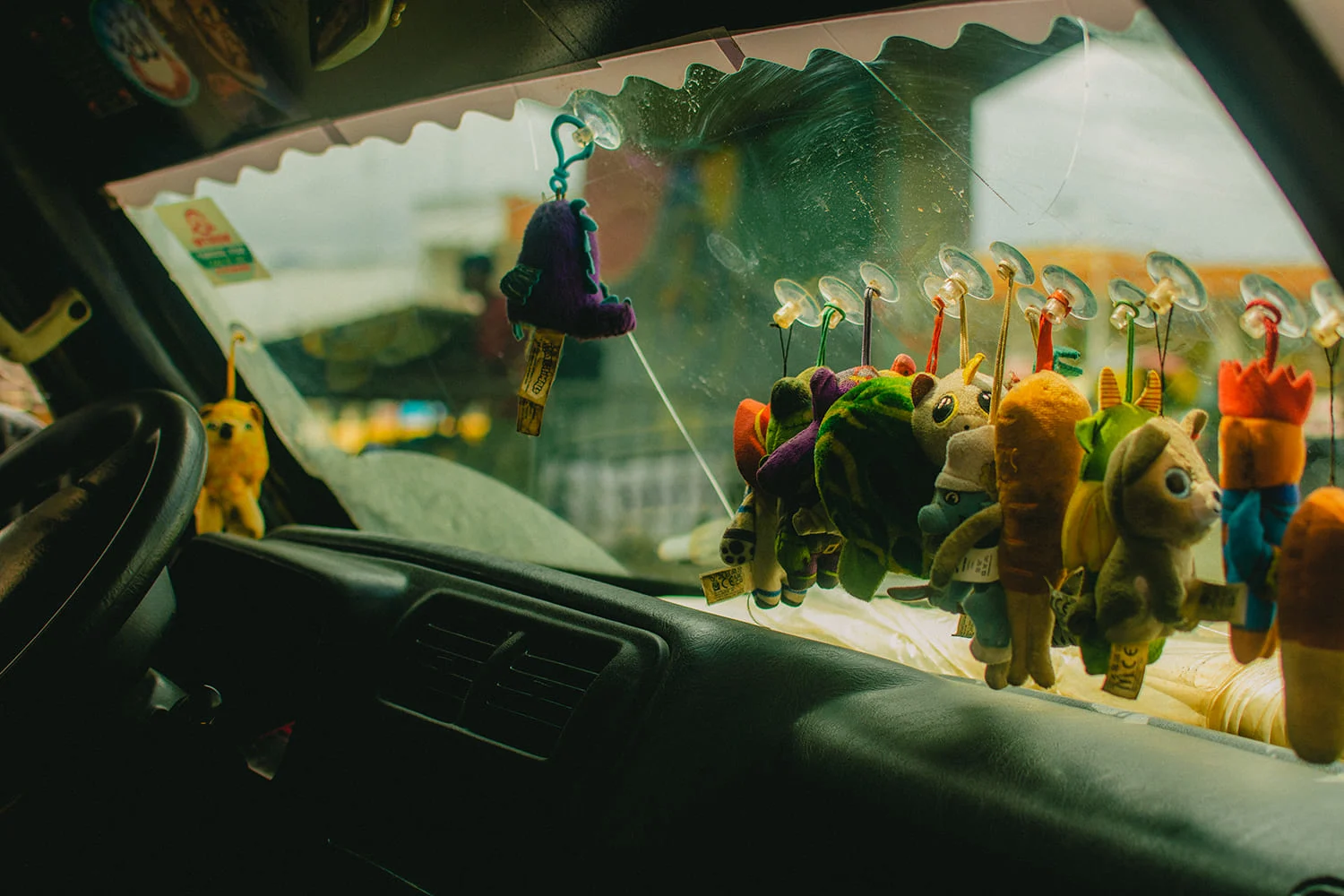
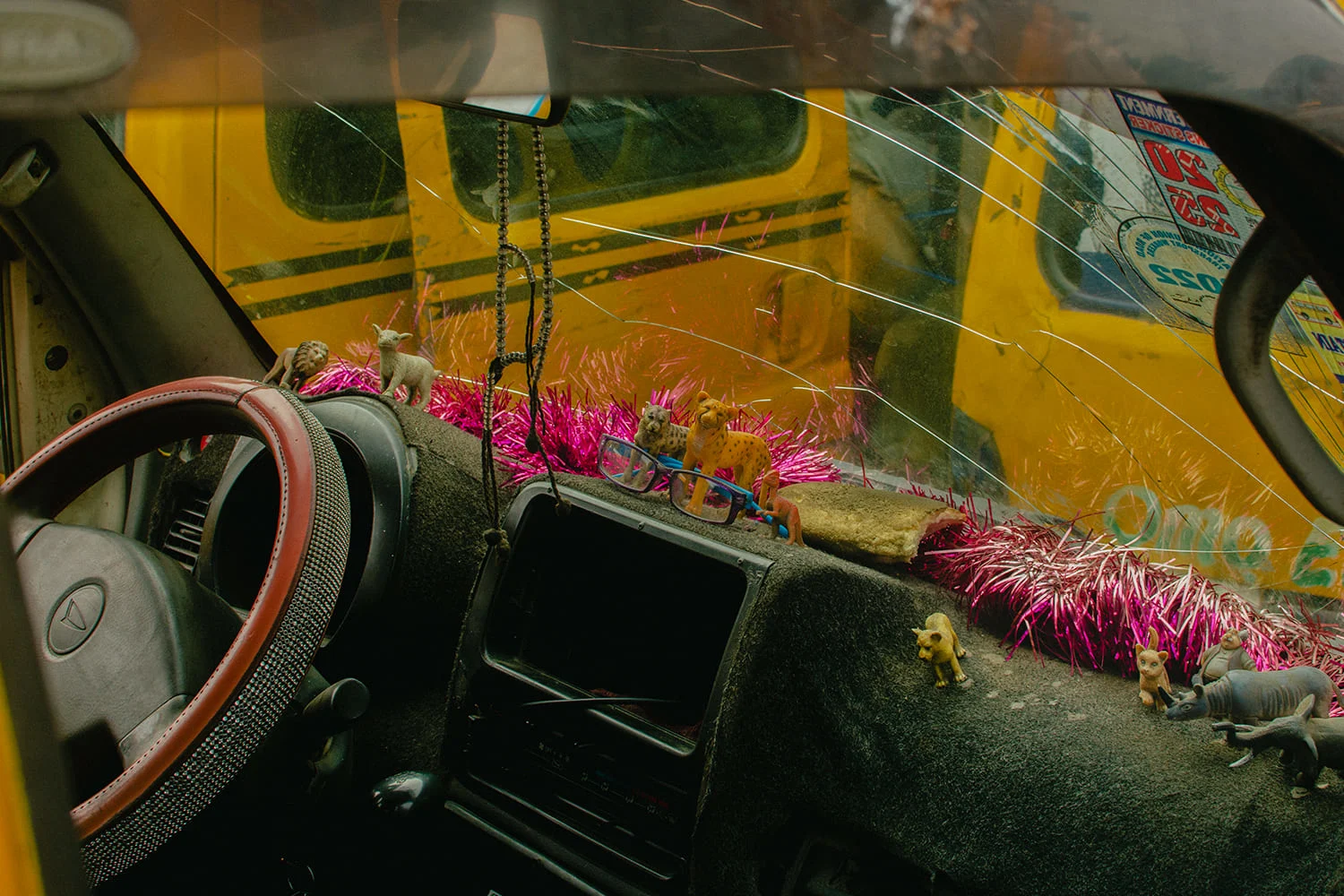
As Lagos improves in time, and systems improve, things like this might not exist anymore.
He hopes that this project inspires other people to get curious and pay attention to the details around them, like the crowd of plush toys suctioned to the windshield in his photograph titled “The Collector,” or the single red boxing glove he believes to be a driver’s signal to trouble-makers that he’s an ex-champ not to be messed with. Other details: rejigged speaker systems; a picture of Jesus deliberately positioned for eye contact no matter where you’re sitting in the vehicle; a string of Cowrie shells tied to the steering wheel for protection, all contain pieces of a life story.
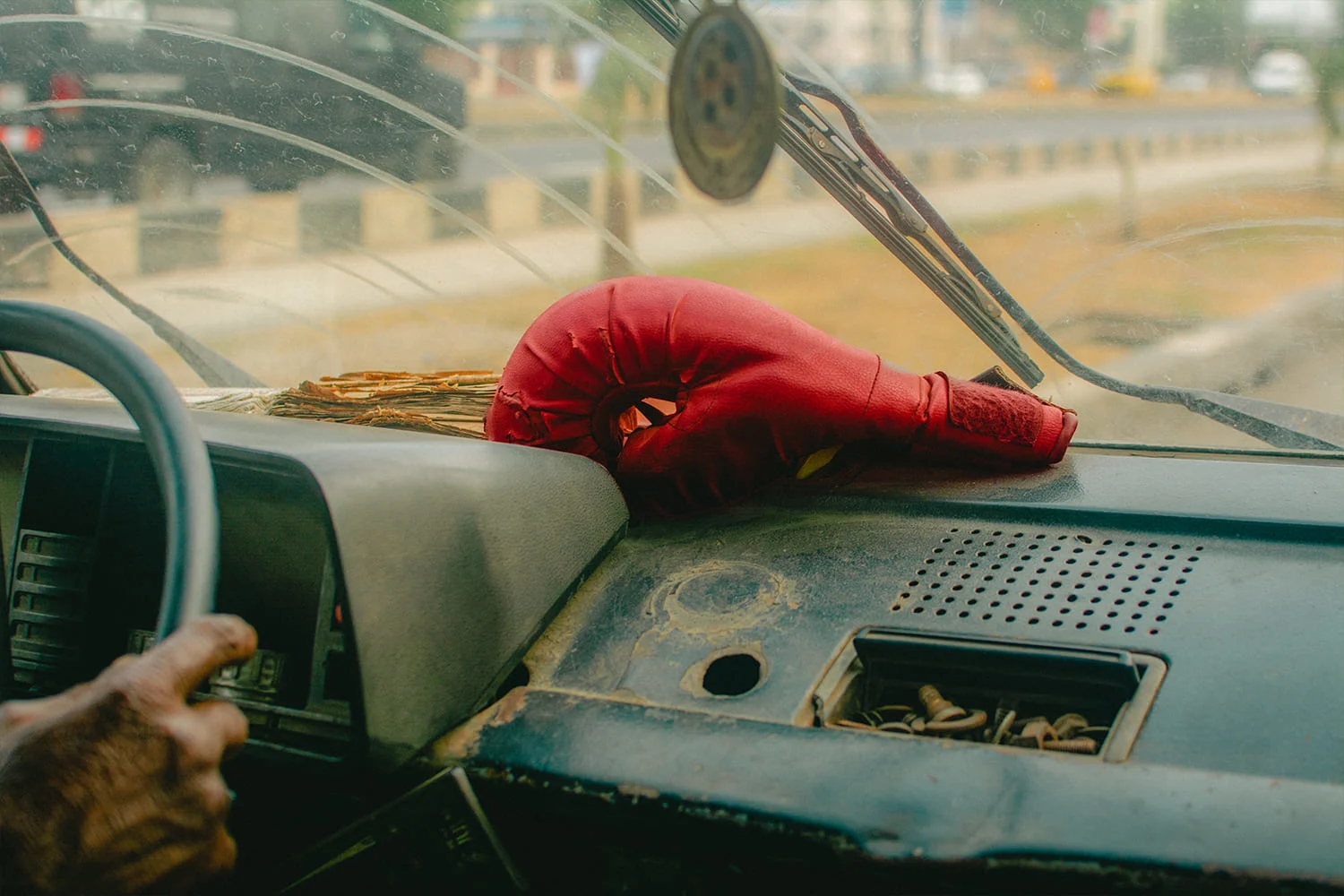
While he’s currently exploring a career as a photographer, Omoruyi has aspirations for filmmaking. He describes his approach as shooting from a director’s point of view, finding the narrative in the frame. He deliberately treats his lighting and grading in a way that feels cinematic. But the warm, golden light that his images are bathed in also reflects his feelings for the place: “That’s how I see Lagos,” he says.
